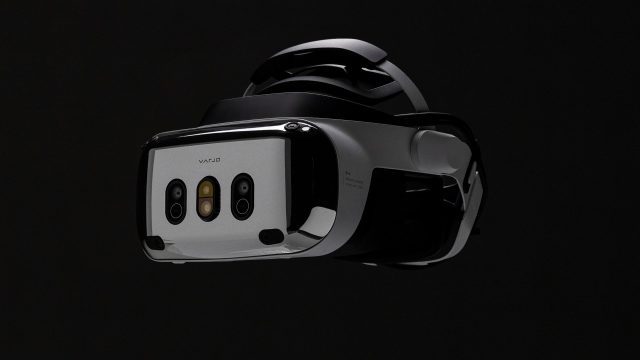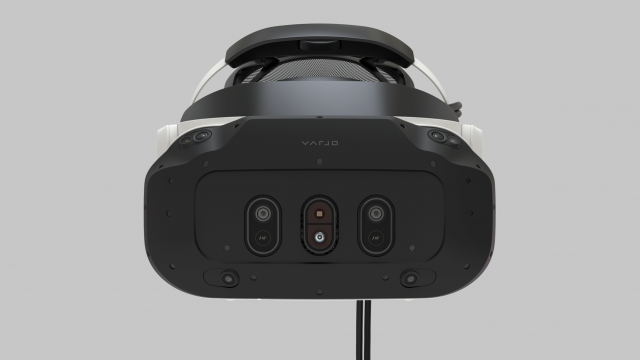Varjo just announced its latest headset, the XR-4, and while the company is primarily continuing to target high-end enterprise use-cases, this is the first headset in their ‘XR’ series that they will sell directly to consumers and without a hefty annual fee that was once required to use the headset.
Released back in 2021, Varjo Aero is the company’s first and only prosumer-positioned headset. Though high-end, it has also been a lesser-speced headset than the company’s flagship devices.
 The new Varjo XR-4 is the latest headset from the company that has focused on creating the highest-fidelity tethered headset on the market. While the headset’s $4,000 price tag is surely targeting high-end enterprise use-cases, for the handful of prosumers out there who have cash to burn, XR-4 is actually the cheapest of the company’s enterprise-positioned headsets yet. It’s also the first of Varjo’s XR-series headsets that the company will sell directly to consumers and without a required annual fee.
The new Varjo XR-4 is the latest headset from the company that has focused on creating the highest-fidelity tethered headset on the market. While the headset’s $4,000 price tag is surely targeting high-end enterprise use-cases, for the handful of prosumers out there who have cash to burn, XR-4 is actually the cheapest of the company’s enterprise-positioned headsets yet. It’s also the first of Varjo’s XR-series headsets that the company will sell directly to consumers and without a required annual fee.
For now the company is soliciting invitations to join the consumer waitlist for the XR-4, saying those on the list will be alerted when the headset is available in their given country.
Varjo XR-4 with SteamVR Tracking

While XR-4 has its own inside-out tracking system, the company is also making a variant of the headset which ties it into the SteamVR Tracking ecosystem (as its prior headsets once relied upon).
Unfortunately it’ll bring the price of the base variant of the headset up by another $1,000. Varjo has confirmed that this variant of XR-4 can switch back and forth between SteamVR Tracking and the headset’s own inside-out tracking.
It’s potentially also possible to eschew the $1,000 addition and instead add SteamVR Tracking to the base variant of XR-4 by attaching something like the Tundra Tracker and configuring it to represent the position of the headset. Though this will take a few extra steps compared to having SteamVR Tracking built right in.







